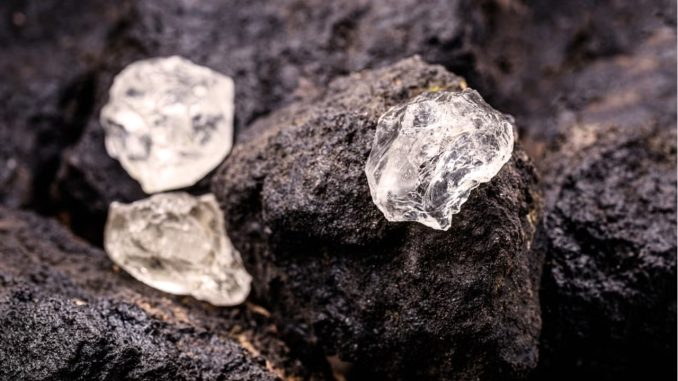
This article was published by the US Energy Information Administration on May 21, 2025.
By Gavin Clark
China has a major role at each stage of the global battery supply chain and dominates interregional trade of minerals. China imported almost 12 million short tons of raw and processed battery minerals, accounting for 44 per cent of interregional trade, and exported almost 11 million short tons of battery materials, packs, and components, or 58 per cent of interregional trade in 2023, according to regional UN Comtrade data.
Note: Excludes trade within regions.
In this article, we consider trade of three key minerals needed for batteries—graphite, lithium, and cobalt—among China and key global regions. These minerals are mined or extracted from natural and synthetic sources, processed for battery material manufacturing, and then used to produce batteries and battery components, with robust trade at each stage. As global demand for electric vehicles, energy storage, and other energy technologies increases, the importance of these minerals and materials also increases.
Battery mineral production and raw battery minerals trade
Lithium is produced through brine extraction or hard rock mining, cobalt is primarily produced as a byproduct of nickel and copper mining, and graphite is mined as a natural ore or synthetically produced from pitch and coke. China domestically produced approximately 18 per cent (33,000 short tons) of the world’s mined lithium in 2023, and Chinese companies control 25 per cent of the world’s lithium mining capacity.
According to the National Geospatial-Intelligence Agency’s Tearline Project, Chinese companies have significant investments in multiple mining and extraction projects in Argentina, giving China access to the lithium triangle, an area in Argentina, Bolivia, and Chile that contains 50 per cent of the world’s lithium. Domestically, China produced 79 per cent, or 1.27 million short tons, of the world’s natural graphite in 2024, according to the U.S. Geological Survey; the United States did not produce any natural graphite that year. Chinese companies own 80 per cent of cobalt production in Congo-Kinshasa, where more than half of global cobalt production is located.
After production, raw battery minerals are shipped globally to be used as feedstock for refining. China accounted for 46 per cent of the world’s raw battery mineral import trade in 2023, according to the UN Comtrade data. Australia, the world’s largest lithium producer, sent almost all its exports to China alone. China, Australia, and the rest of Asia and Oceania (particularly India and Japan) accounted for 71 per cent of the world’s raw battery mineral import trade in 2023.
Battery mineral processing and processed battery minerals trade
China processes over 90 per cent of the world’s graphite, and in 2022, Chinese companies accounted for over two-thirds of the world’s cobalt and lithium processing capacity.
China imported 20 per cent of the world’s processed battery minerals in 2023, made up of mainly cobalt from Africa. That same year, China exported 58 per cent of the world’s processed battery minerals, mainly synthetic graphite to the rest of Asia and Oceania. China began implementing export restrictions on graphite products related to electrode manufacturing in 2023, and we expect such restrictions to lead to lower graphite exports from China in 2024 and 2025.
Battery materials manufacturing and battery materials and component trade
Processed battery minerals are used to produce battery materials, which vary depending on a battery’s chemical composition. China accounted for 53 per cent of the world’s battery material export trade in 2023.
Battery materials are then used to produce battery components like electrodes, electrolytes, and separators. For example, a lithium-ion battery cell usually includes a graphite anode, lithium-based cathode, and a dissolved lithium salt electrolyte. In 2022, China produced 85 per cent of the world’s anodes, 82 per cent of electrolytes, 74 per cent of separators, and 70 per cent of cathodes.
China accounted for 74 per cent of the world’s battery pack and component exports in 2023. That same year, China controlled nearly 85 per cent of the world’s battery cell production capacity by monetary value.
Note: Excludes trade within regions. Product classifications and selected Harmonized System codes for raw battery minerals, processed battery minerals, battery materials, and battery packs and components are based on the United Nations Conference on Trade and Development technical note on critical minerals (2023).




Be the first to comment